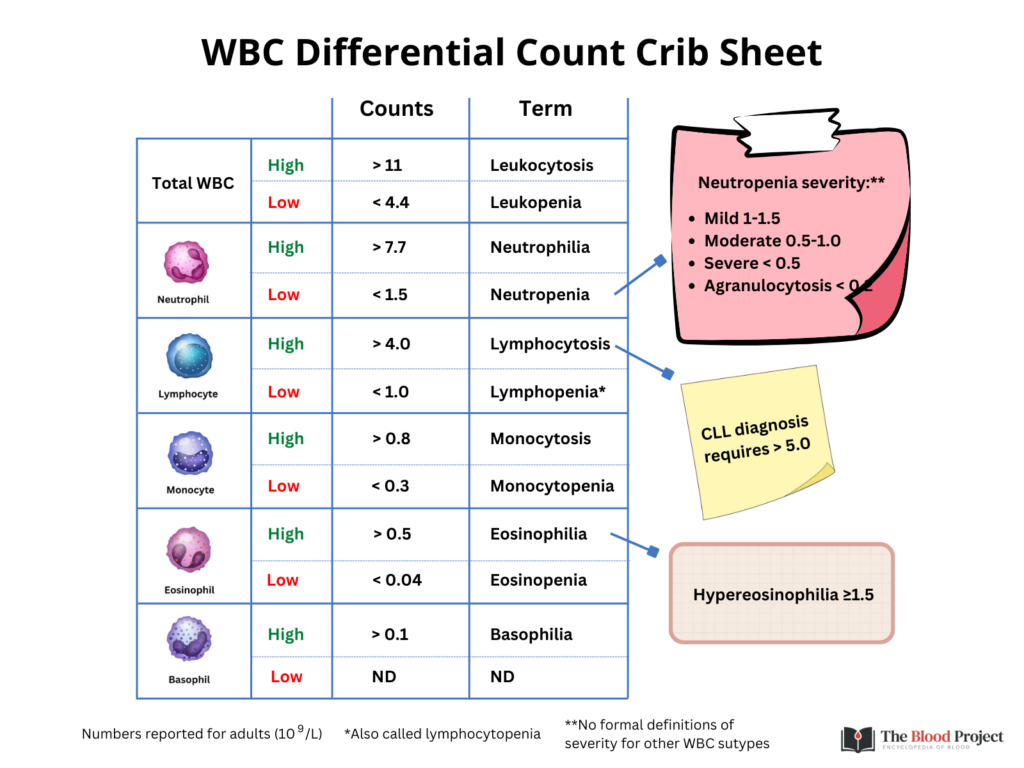A 37-year-old presents with fevers and a rash
A case by Dr. Natalie Bavli
UT Southwestern Medical Center
Complete blood count (CBC) at time of admission:

What next test would be most useful?
Here is a crib sheet to keep handy:

Now let’s look at the patient’s CBC and on the following day:

True or false: the anemia that develops over one day in this case may be explained by profound suppression/reduction in erythropoiesis.
Now let’s look at the patient’s CBC and on the following day:

Let’s extend out the time CBC time series:

What is the significance of nucleated red blood cells (nRBCs) (more than one answer may apply)?
Below are examples of nucleated red cells:

We noted that the MCV increases over time. What is the likeliest explanation(s)?
Let’s look at the reticulocyte count (CT):

Is this patient’s reticulocyte response appropriate or inappropriately low?
Physical exam of the patient does not reveal any evidence of active bleeding, so you now suspect there may be hemolysis.

The following are the patient’s hemolytic markers:

These data are consistent with (more than one answer may apply):
The following are the patient’s hemolytic markers:

Which data are NOT consistent with hemolysis?
Hopefully you are wanting to see a peripheral smear at this point, but we are going to save that for later 😉
When working up a case of hemolytic anemia, what is the first blood test to order?
Note that the direct antiglobulin test (DAT) is at the first branch point in the diagnostic algorithm for hemolytic anemia, separating causes into immune and non-immune.

Here are the results of the patient’s DAT:



